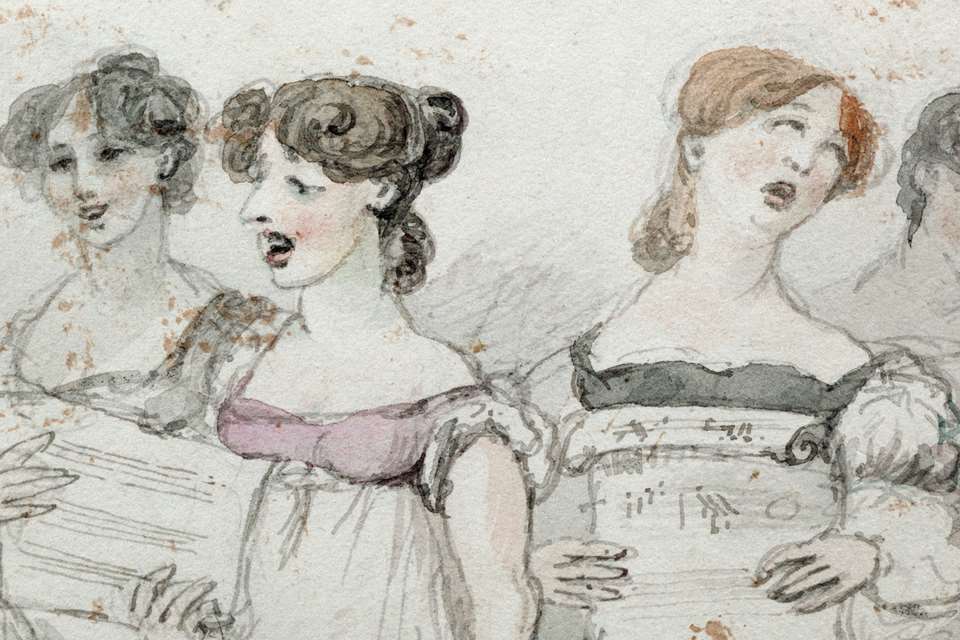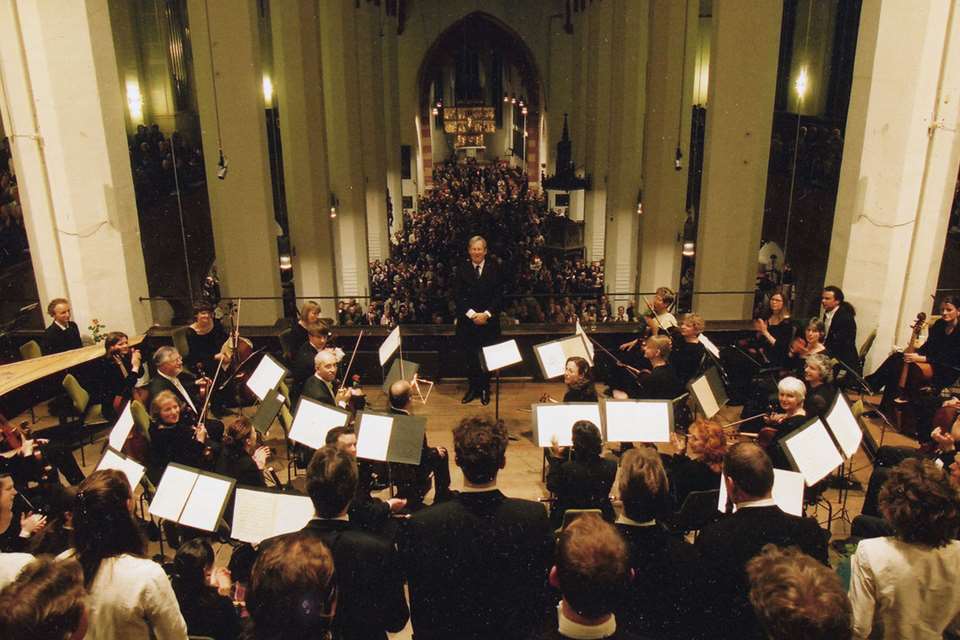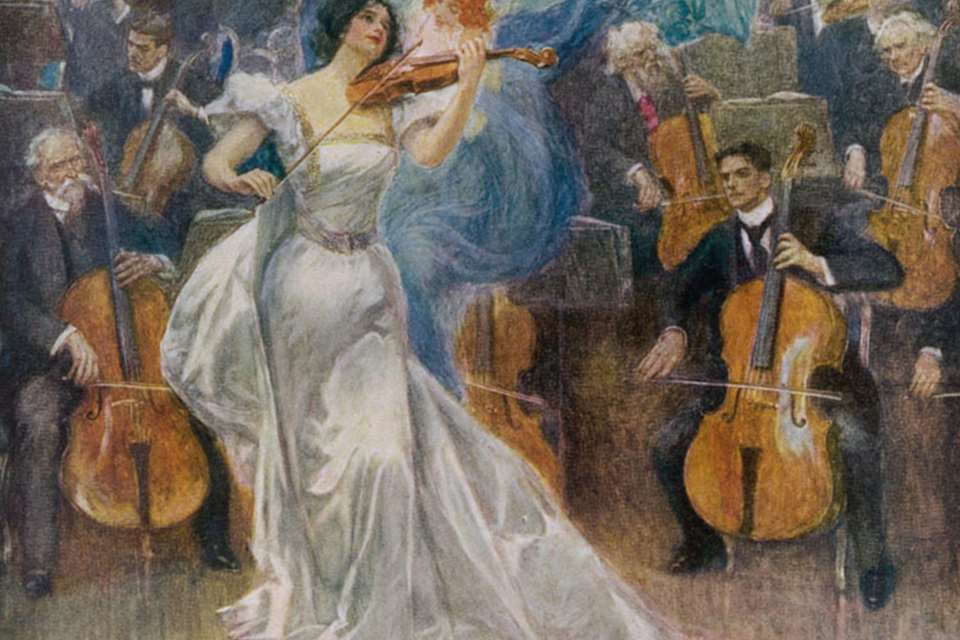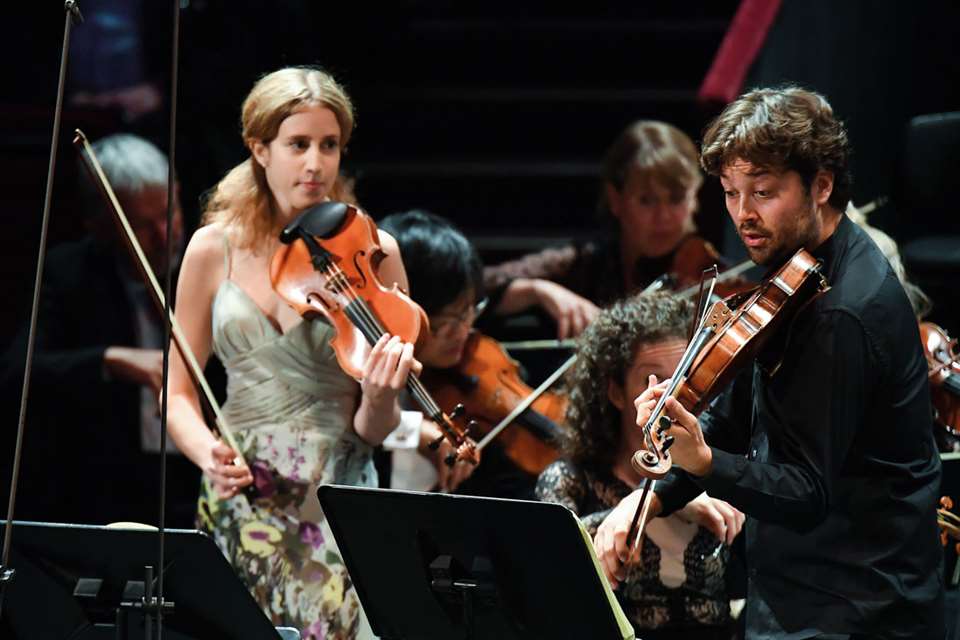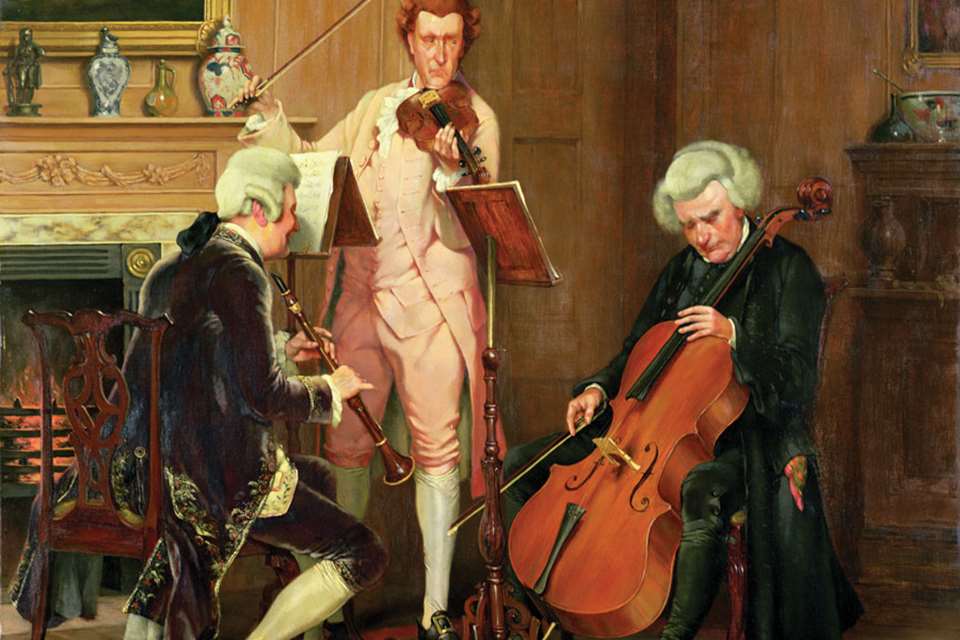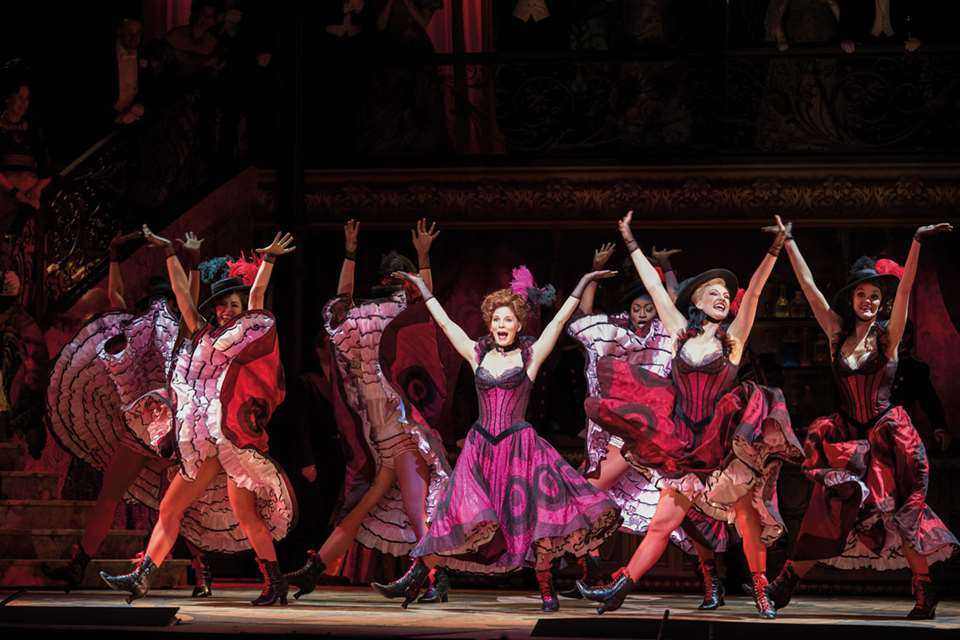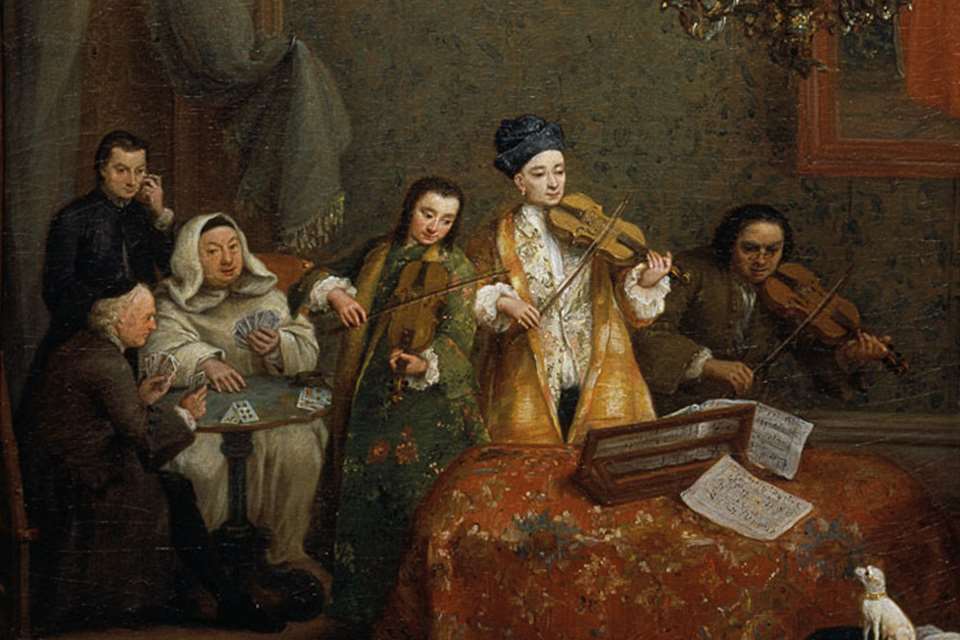What is a Minuet?
Richard Wigmore
Tuesday, March 7, 2023
Tracing the musical history of the Minuet – a popular dance form that fascinated composers for more than 200 years
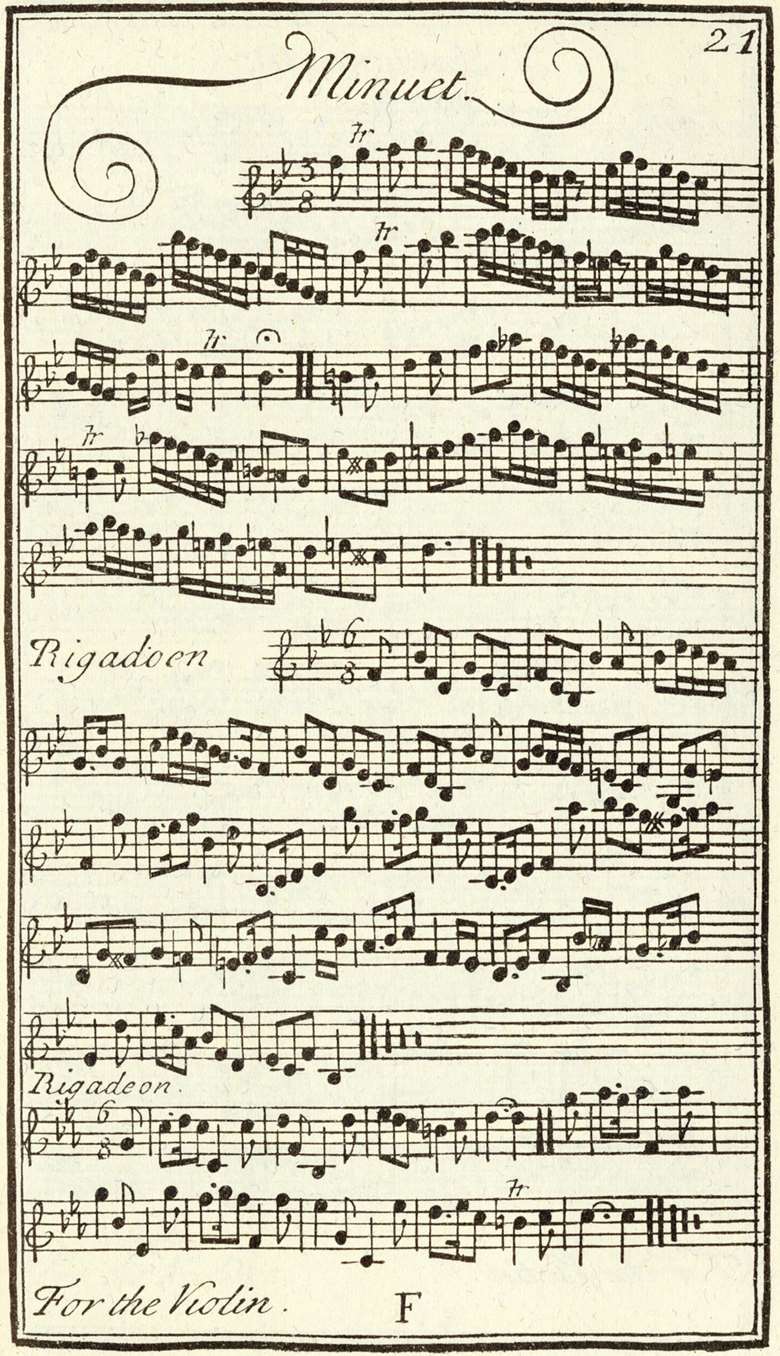
Register now to continue reading
Thanks for exploring the Gramophone website. Sign up for a free account today to enjoy the following benefits:
- Free access to 3 subscriber-only articles per month
- Unlimited access to our news, podcasts and awards pages
- Free weekly email newsletter




